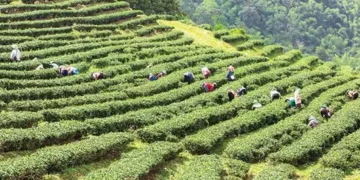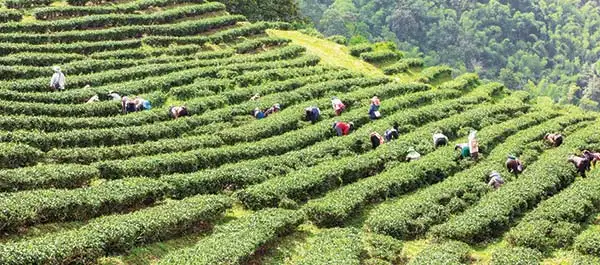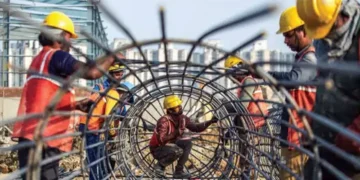Blitz Bureau
NEW DELHI: IN a clear sign of rural economic momentum, the July 2025 round of the Rural Economic Conditions and Sentiments Survey (RECSS), released by NABARD, reveals that 76.6 per cent of rural households reported an increase in consumption, marking a sustained trajectory of consumptionled growth.
The RECSS serves as a vital tool to evaluate the real-world impact of various Government schemes and rural development programmes. By capturing household-level data on income, consumption, credit, and sentiment, the survey offers valuable insights into how public welfare initiatives are translating into tangible economic outcomes on the ground.
The findings paint an encouraging picture of rising incomes, expanding financial inclusion, and growing household optimism in rural India. NABARD is the country’s apex development bank, established in 1982 under an Act of Parliament to promote sustainable and equitable agriculture and rural development. This premier development financial institution has transformed lives in Indian villages through agri-finance, infrastructure development, banking technology, promotion of microfinance and rural entrepreneurship through Self Help Groups, Joint Liability Groups and more.
Banks’ participation The bank continues to aid in nation building through participative financial and non-financial interventions, innovations, technology and institutional development in rural areas.
A total of 39.6 per cent of surveyed households reported an increase in income during the past year, the highest share across all six rounds of the survey so far. More than 76 per cent of households reported a rise in consumption over the past year. Just 3.2 pc of households reported a decline in consumption, which is the lowest since this survey started.
This growth is further reinforced by the highest recorded share of monthly income being spent on consumption at 65.57 per cent, up from 60.87 per cent in September 2024. It reflects enhanced purchasing power and stronger financial confidence of rural households. Income and spending levels continue to be strongly supported by several fiscal transfer schemes, in both kind and cash, both from the Centre and states.
These include subsidies on food, electricity, cooking gas, fertilisers, and support for school needs, transport, meals, pensions, and interest subsidies. On an average, these transfers made up about 10 per cent of a household’s monthly income. These interventions significantly enhance household resilience and reduce financial pressure, especially for vulnerable populations.
Rising savings
A total of 20.6 per cent of households reported a rise in financial savings, showing a notable improvement in saving capacity alongside rising incomes. The reported share of income allocated to savings stood at 13.18 pc, while loan repayments accounted for 11.85 pc of household spending.
Over 56 per cent of rural households expect income levels to improve in the next quarter, while 56.2 pc of rural households anticipate better employment opportunities in the next quarter. These values reflect a broad-based optimism about the near-term economic outlook in rural India.
































